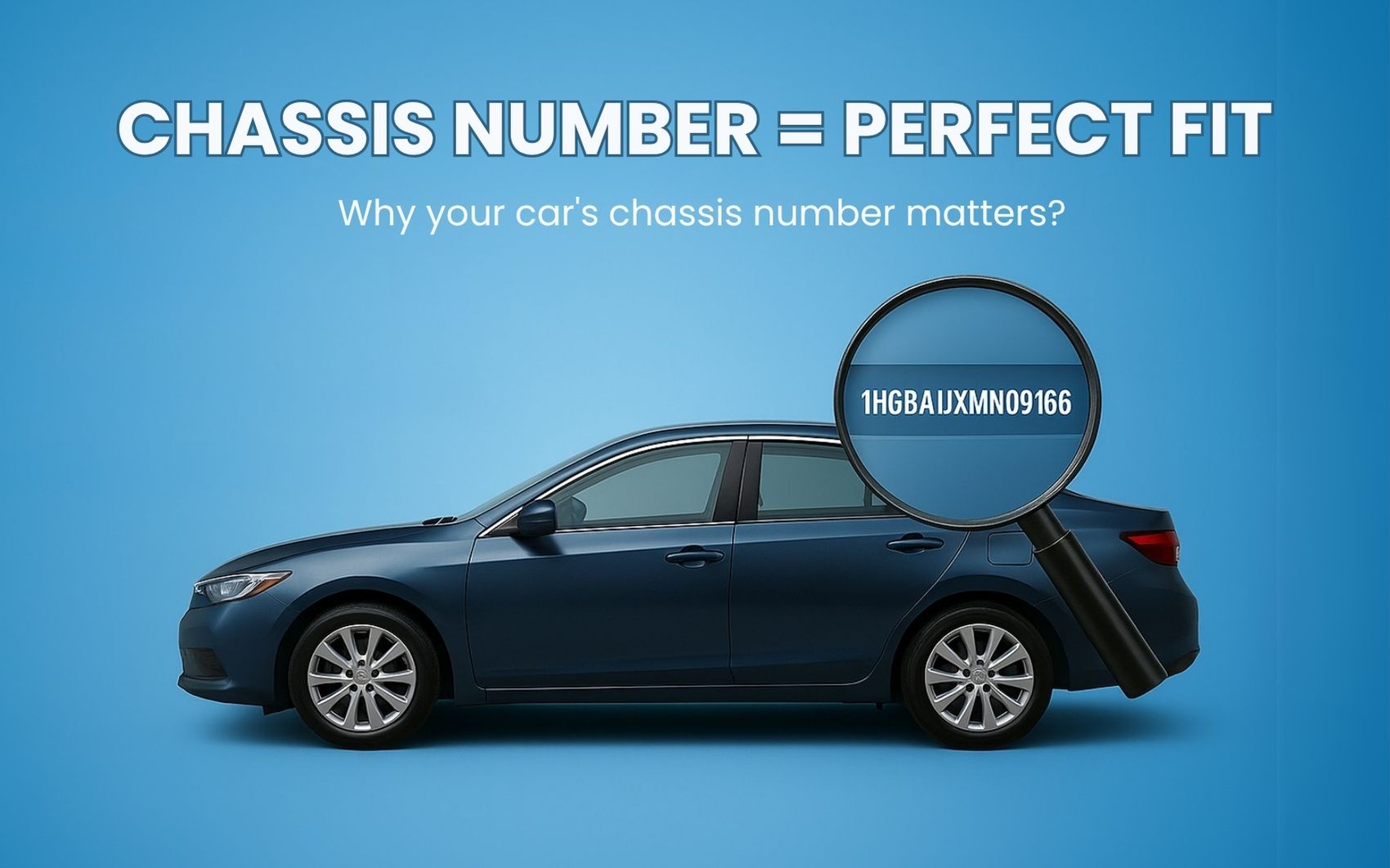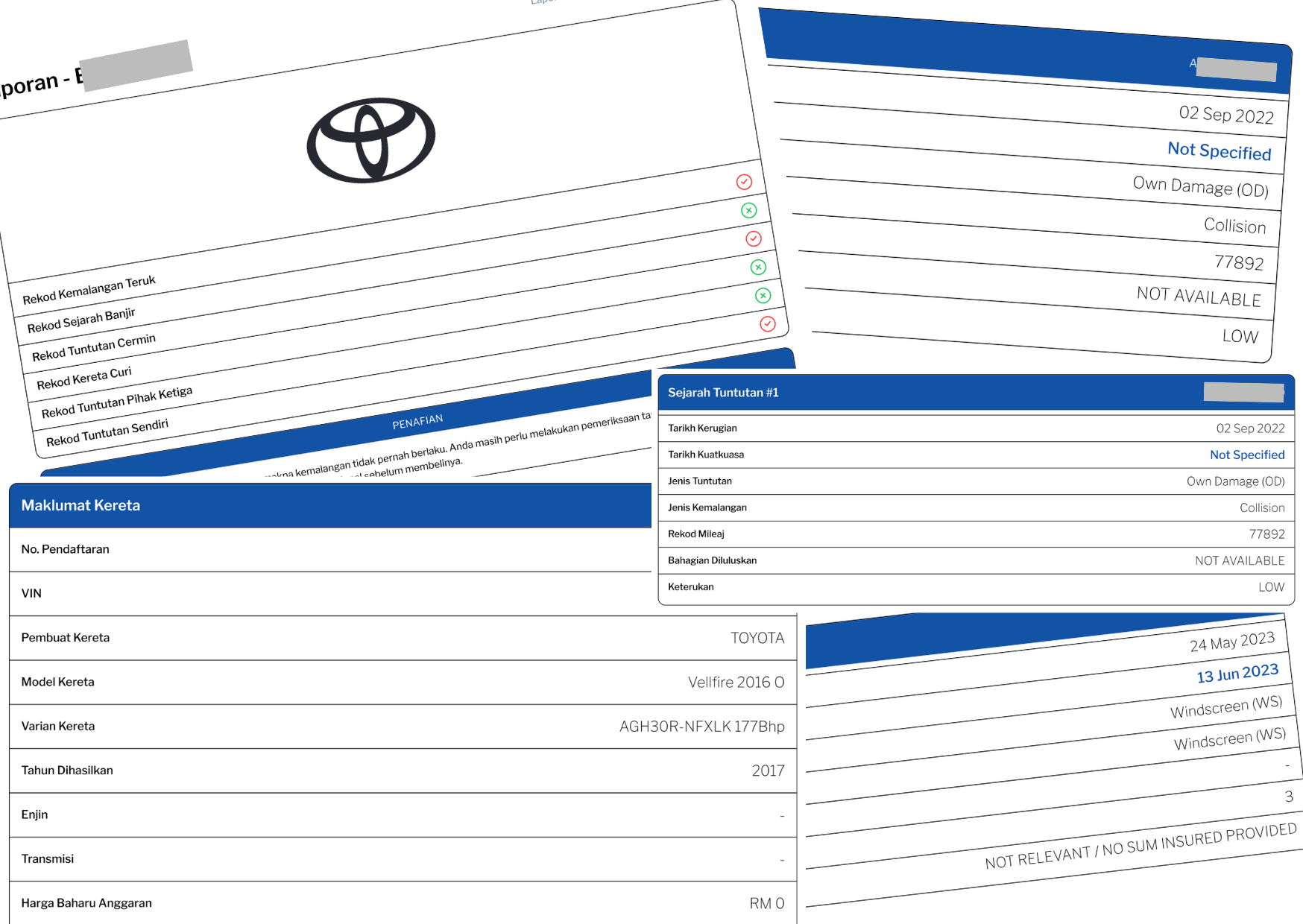

What Is Chassis Number? When you buy, sell, or register a car, you’ll often hear the term chassis number being mentioned. But what exactly does it mean, and why is it so important for vehicle owners and buyers?
In this in-depth guide, we will explain everything you need to know about what is chassis number, how it differs from VIN, where to find it on your car, and why it plays a crucial role when buying a used vehicle.
The chassis number is a unique identification code assigned to every vehicle by the manufacturer. Think of it like a fingerprint for cars—it’s unique and cannot be duplicated.
It helps in identifying a vehicle’s:
Essentially, the chassis number is used to distinguish one vehicle from another, especially since many cars of the same model look identical from the outside.
Many people confuse the chassis number with the Vehicle Identification Number (VIN). While they are related, they’re not exactly the same.
👉 In simple terms: VIN = full code; Chassis number = last part of the VIN.
Understanding what is chassis number is crucial for several reasons:
Without a valid chassis number, it would be almost impossible to prove a car’s identity.
If you’re wondering where to locate the chassis number on your vehicle, here are the most common places:
It’s always best to cross-check the physical chassis number on the car with the documents to ensure there’s no fraud.
Every chassis number is unique, but the structure follows international standards. Let’s break down the VIN (which contains the chassis number):
For example, in a VIN like WDB12345678901234:
WDB = Mercedes-Benz (Germany)123456 = Model and engine type78901234 = Production sequence (chassis number is the last 6 digits: 901234)When buying a used car, knowing what is chassis number becomes even more critical. This number helps you verify whether:
Unfortunately, many car buyers ignore checking the chassis number, only to realize later that the vehicle has hidden problems.
Here’s a step-by-step guide on how you can check a used car before buying:
This simple step can save you thousands of dollars in repairs and prevent you from falling victim to scams.
Sometimes, issues related to chassis numbers arise:
If you encounter any of these problems, it’s a red flag, and you should reconsider the purchase.
If you’re planning to buy a second-hand car, one of the smartest moves is to check the vehicle’s history report using the chassis number.
This is where Carpenia.com comes in.
Carpenia provides:
👉 Instead of taking a seller’s word for it, you can verify everything yourself with Carpenia. It’s the best way to avoid scams and hidden problems when purchasing a used vehicle.
Now that you know what is chassis number, it’s clear that this small sequence of numbers holds a lot of power. It’s not just a random code—it’s the true identity of your car.
If you’re considering buying a second-hand car, always check the chassis number first. And for complete peace of mind, use Carpenia.com to get a full vehicle history report.
A few minutes of checking could save you from years of financial and legal trouble.
1. What is chassis number in a car?
The chassis number is a unique identification code that distinguishes your vehicle from all others. It is usually the last 6 characters of the VIN.
2. Is chassis number the same as VIN?
Not exactly. The VIN is a 17-character code, while the chassis number usually refers to the last part of the VIN.
3. Where can I find my car’s chassis number?
You can find it on the dashboard (driver’s side), inside the door frame, in the engine bay, on registration documents, or your insurance policy.
4. Why is chassis number important when buying a used car?
It helps you verify the car’s identity and check its accident history, theft records, and loan status.
5. Can a chassis number be tampered with?
Yes, but tampering is illegal. That’s why you should always cross-check the physical chassis number with the documents and run a report on Carpenia.com.
6. How do I check a car’s history using chassis number?
Simply enter the chassis number on Carpenia.com, and you’ll get a full report of the vehicle’s background.

